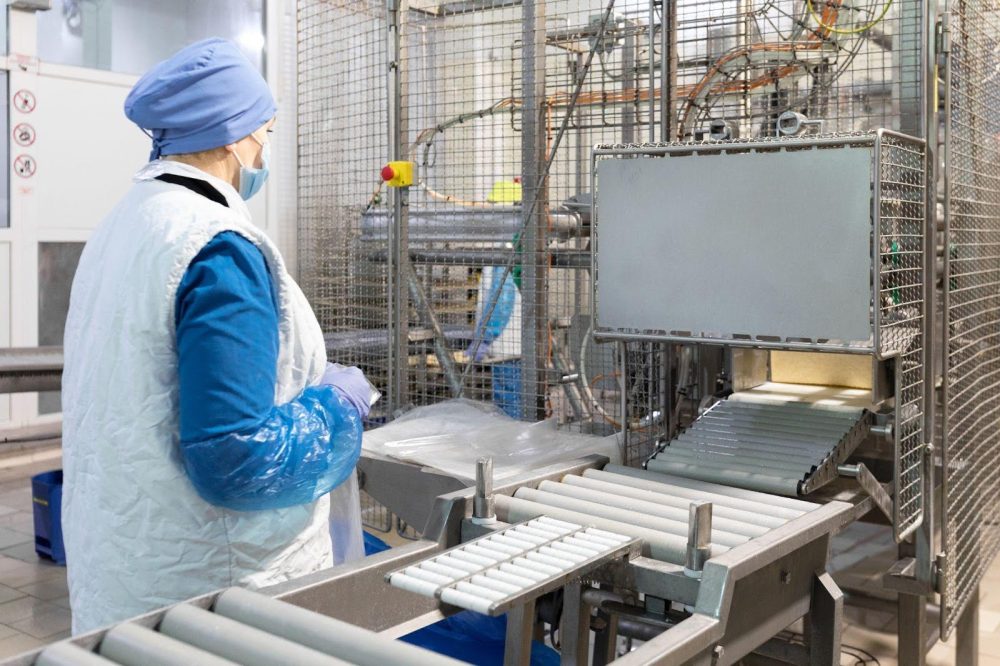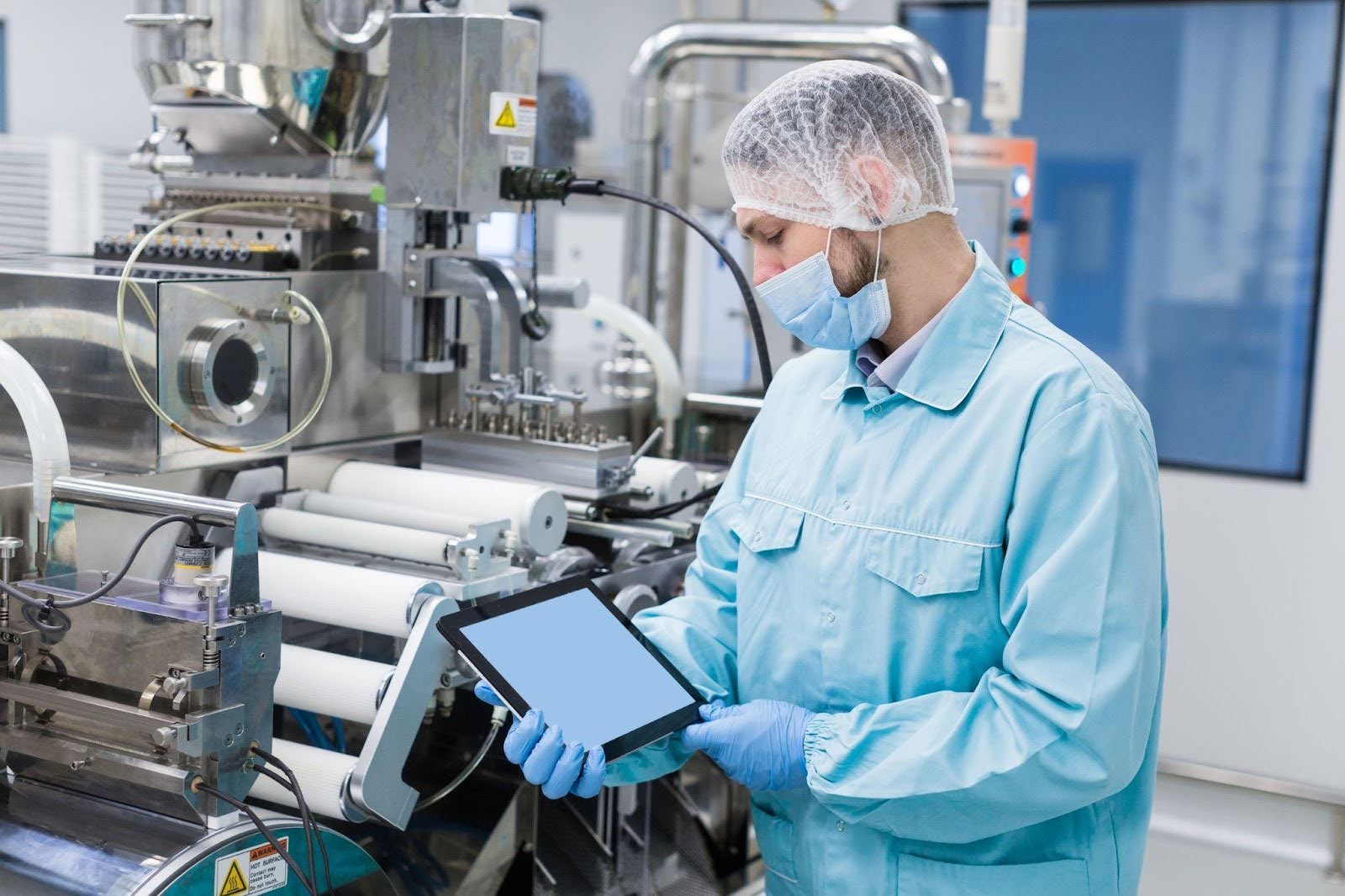Pneumatic conveying systems have become indispensable tools in modern manufacturing. Their ability to efficiently transport powdered and bulk materials throughout the production process offers numerous advantages, including streamlined operations, reduced manual handling, and minimised contamination risks.
However, the true effectiveness of a pneumatic conveying system is rooted in its design. A meticulously engineered system ensures optimal material flow, preventing costly downtime, safeguarding product integrity, and ultimately maximising your manufacturing throughput.
To unlock these benefits, careful consideration must be given to the following design factors:
1. Material Bulk Density
Bulk density is considered the weight or volume of the material or product. It influences the choice of system components, including air sources and vacuum receivers. Furthermore, it also determines the amount and velocity of air (typically in cubic feet/minute or cubic metres per hour) are needed to move your material through your conveying line. Materials with an average bulk density of 300-800 kg/m3 are easy to convey, while heavier materials may require more power and larger vacuum or pressure receivers.
Therefore, understanding the bulk density of the materials you’ll be conveying is essential to prevent issues like line plugging or insufficient airflow. If you’re handling materials with varying densities, a flexible pneumatic conveyor design with adjustable airflow and conveying speeds is crucial to accommodate these differences.
2. Conveying Distance
The distance your material needs to travel significantly impacts the design of your pneumatic conveying system. Longer distances demand larger vacuum pumps or blowers to maintain adequate pressure and airflow. Additionally, the number of bends and turns in the conveying line affects pressure drop, requiring careful calculation and consideration of factors like 90-degree sweeps.
As such, properly accounting for conveying distance ensures that your system can deliver materials efficiently to their destination without compromising product quality or system performance.
3. Convey Rate and Batch Conveying
The desired convey rate – the amount of material transported per unit time – is another critical factor in system design. Continuous conveying operations, where material flows constantly, typically require larger systems with higher airflow rates. In contrast, batch conveying, where materials are moved in discrete quantities, may necessitate smaller systems with the ability to precisely control batch sizes.
Understanding your specific production requirements will help determine the optimal convey rate and whether a continuous or batch conveying system is more suitable for your operation.
4. Material Characteristics
Further, understanding the properties of your materials is vital in designing a pneumatic conveying system that will suit your manufacturing needs. Both physical and chemical characteristics must be considered to achieve optimal performance and maintain product integrity.
Key factors such as product classification, moisture content, toxicity, particle size, and abrasiveness significantly influence the design and material selection for your conveying system. For example, knowing whether a material is free-flowing or sluggish can influence the choice of feeders and valves. Furthermore, products with high moisture content may require special attention and potentially an airconditioned room during the manufacturing process.
In-depth knowledge of these material characteristics enables informed decisions regarding system components, conveying methods, and safety precautions. By tailoring your pneumatic conveying system to the unique properties of your materials, you can optimise efficiency, prevent issues, and ensure the safe and reliable transport of your valuable products.
5. Process Equipment
The design of your pneumatic conveying system should also consider the upstream and downstream equipment it interacts with. For example, the capacity and discharge rate of your feeder will influence the conveying line’s size and airflow requirements. If you need quick refill capabilities or have specific equipment requirements, such as sanitary fittings for food-grade applications, these must be factored into the system design.
Ensuring seamless integration with your existing process equipment is essential for optimising the overall efficiency of your manufacturing operation.
Design Pneumatic Conveying Systems to Fit Your Operations with Pneu Powders System
Your pneumatic conveying system should not be a one-size-fits-all solution. It should be a carefully crafted tool designed to seamlessly integrate with your specific operational needs and material characteristics. Pneu Powders Systems understands this critical nuance and can provide pneumatic conveying solutions tailored to the unique demands of your production process.
We’re not just pneumatic equipment suppliers; we deliver optimised solutions. Whether you are handling delicate materials or require specialised food manufacturing solutions, we have the expertise to design a system that addresses your needs. Partner with Pneu Powders Systems to elevate your material handling capabilities and achieve operational excellence.
For further insight, check out our guides on how to troubleshoot pneumatic systems and how pneumatic systems enhance dairy product quality.





